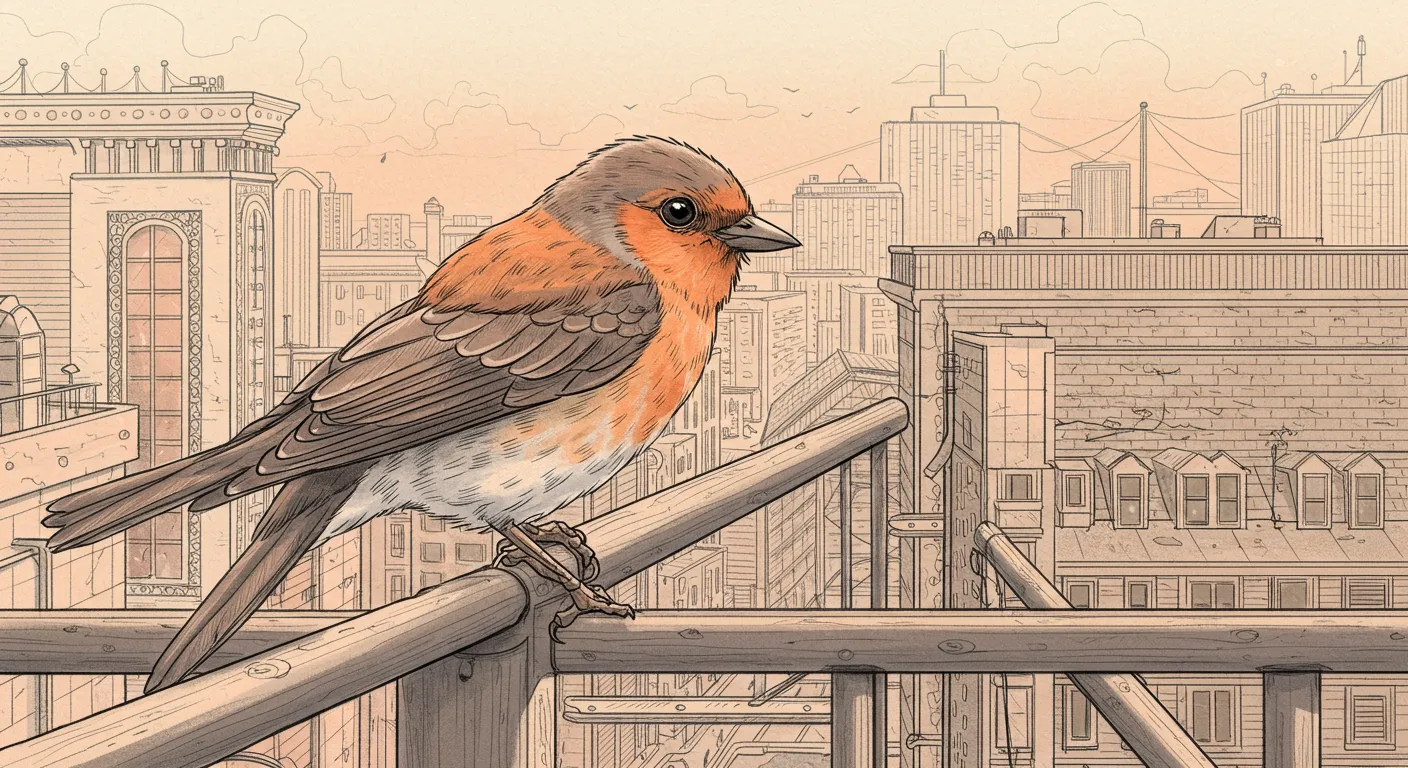In the concrete jungle of modern cities, a fascinating adaptation is unfolding. Online commentators have been buzzing about a Cooper's hawk that appears to have cracked the code of urban survival by strategically using traffic signals to hunt more effectively.
The story highlights a remarkable example of animal intelligence that goes beyond simple survival instincts. This hawk isn't just dodging cars—it's actively using the rhythm of urban traffic as a hunting strategy. By positioning itself near crosswalks and seemingly understanding the patterns of traffic flow, the bird has turned city infrastructure into a sophisticated hunting tool.
What makes this observation particularly intriguing is how it challenges our traditional understanding of animal cognition. Many online discussants pointed out that birds, especially raptors like Cooper's hawks, have demonstrated surprising abilities to adapt to urban environments. They're not just surviving in cities—they're learning to thrive by understanding human-created systems.
The phenomenon isn't entirely unique. Similar behaviors have been observed in other urban wildlife, such as crows in Japan that drop nuts at intersections and wait for cars to crack them open. These examples suggest that some animals are far more observant and adaptable than we typically give them credit for.
Ultimately, this hawk's behavior is a testament to the remarkable adaptive capabilities of urban wildlife. As cities continue to expand and reshape natural habitats, some species are finding ingenious ways to not just survive, but to turn our infrastructure into their advantage.


